Every vinegar begins with grains, fruits, or vegetables. These ingredients undergo fermentation, turning into an alcoholic liquid. The alcohol is then fermented further into acetic acid, creating a liquid with a strong flavor and hints of the original ingredient—hence the subtle apple taste in apple cider vinegar or the grape notes in white wine vinegar. What types of vinegar exist, and which one is best for cooking? Let’s explore the varieties of vinegar and their health benefits.
Origin
The word “vinegar” originates from French, specifically from the term “vin aigre,” meaning “sour wine.” This name is fitting because vinegar is essentially alcohol that has undergone a second fermentation process involving oxygen and acetic acid bacteria. During this second fermentation, the alcohol becomes acidic, resulting in vinegar. This means that vinegar can be made from almost anything used to produce alcohol: fruits, grains, vegetables, honey, and so on. If something can ferment into alcohol, it can be further fermented into vinegar. All vinegars share a multi-step fermentation process.
The earliest written mention of vinegar dates back to ancient Babylon around 5,000 years ago, where it was often made from dates or figs. Evidence also exists of vinegar being used in Ancient Egypt and China. By the time of the Greek and Roman Empires, about 2,500 years ago, vinegar was well-known across the world.
Health Benefits of Vinegar
What are the health benefits of vinegar? For instance, it can help lower blood sugar levels, support weight loss, and improve heart health. However, consuming too much vinegar can harm the esophagus and tooth enamel. One tablespoon of vinegar per day is enough to reap its benefits and enhance the flavor of your favorite dishes.
Types of Vinegar: Popular Varieties
White/Distilled Vinegar
Primarily used for cleaning rather than cooking due to its strong acidity and lack of flavor. Available in different concentrations, it can be hazardous to health in high doses.
Apple Cider Vinegar
A versatile, affordable vinegar that is less harsh than white vinegar due to its subtle fruity flavor. It works well raw, such as in vinaigrettes and salads, as well as in cooked dishes.
White Wine Vinegar
With its bright, light flavor, white wine vinegar is a fantastic dressing. Its taste starts with vinegar sharpness, followed by a slightly tangy, herbal white wine finish. Ideal for white or pink meat and fish.
Red Wine Vinegar
Perfect for stews, braised dishes, and beef, though also excellent as a salad dressing. Red wine vinegar can also be used for pickling. It adds a pinkish hue and slightly fruity notes to dishes and works well in marinades, pickles, and salad dressings.
Sherry Vinegar
Made from Spanish fortified white wine, sherry vinegar is aged from six months to decades, adding depth to its flavor. It boasts a rounded, woody taste with hints of caramel and vanilla, without being sweet. It’s a staple in Spanish cuisine, such as gazpacho.
Balsamic Vinegar
Of Italian origin, balsamic vinegar has been known for about 1,000 years. Made from pressed grape juice, it has a higher calorie and sugar content. It’s indispensable in salads.
Balsamic Glaze
A concentrated version of balsamic vinegar reduced into a sweet, fruity syrup and aged in wooden barrels. It’s calorie-dense and sweet in flavor.
Rice Vinegar
A mild, versatile vinegar often used in Asian cuisine for thousands of years. Made from fermented rice wine, it’s ideal for sauces, marinades, stir-fried vegetables, dips, and sushi.
Fig Vinegar
Used for millennia, fig vinegar originates from the Middle East, where figs were widely cultivated. It’s commonly used as a marinade for meats or vegetables and in vinaigrettes.
Peach Vinegar
A specialty fruit vinegar often used as a glaze for pork, poultry, or fruits. It also adds a mildly sweet note to salads and roasted vegetables.
What types of vinegar do you have in your kitchen? Which one is your favorite? Share your thoughts in the comments!


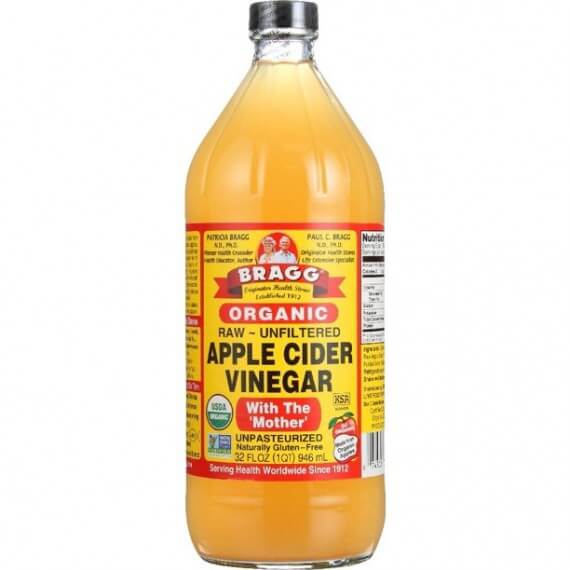
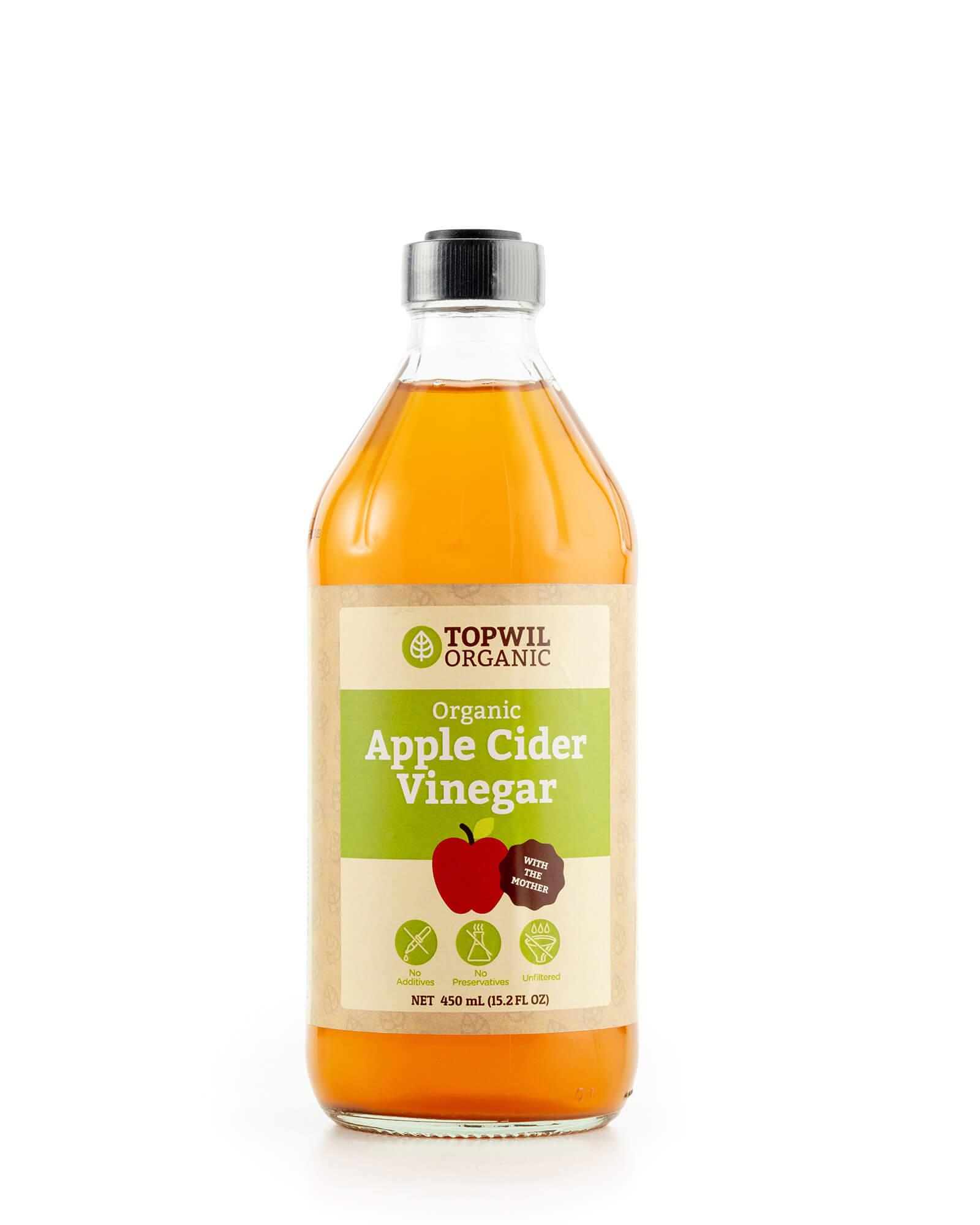
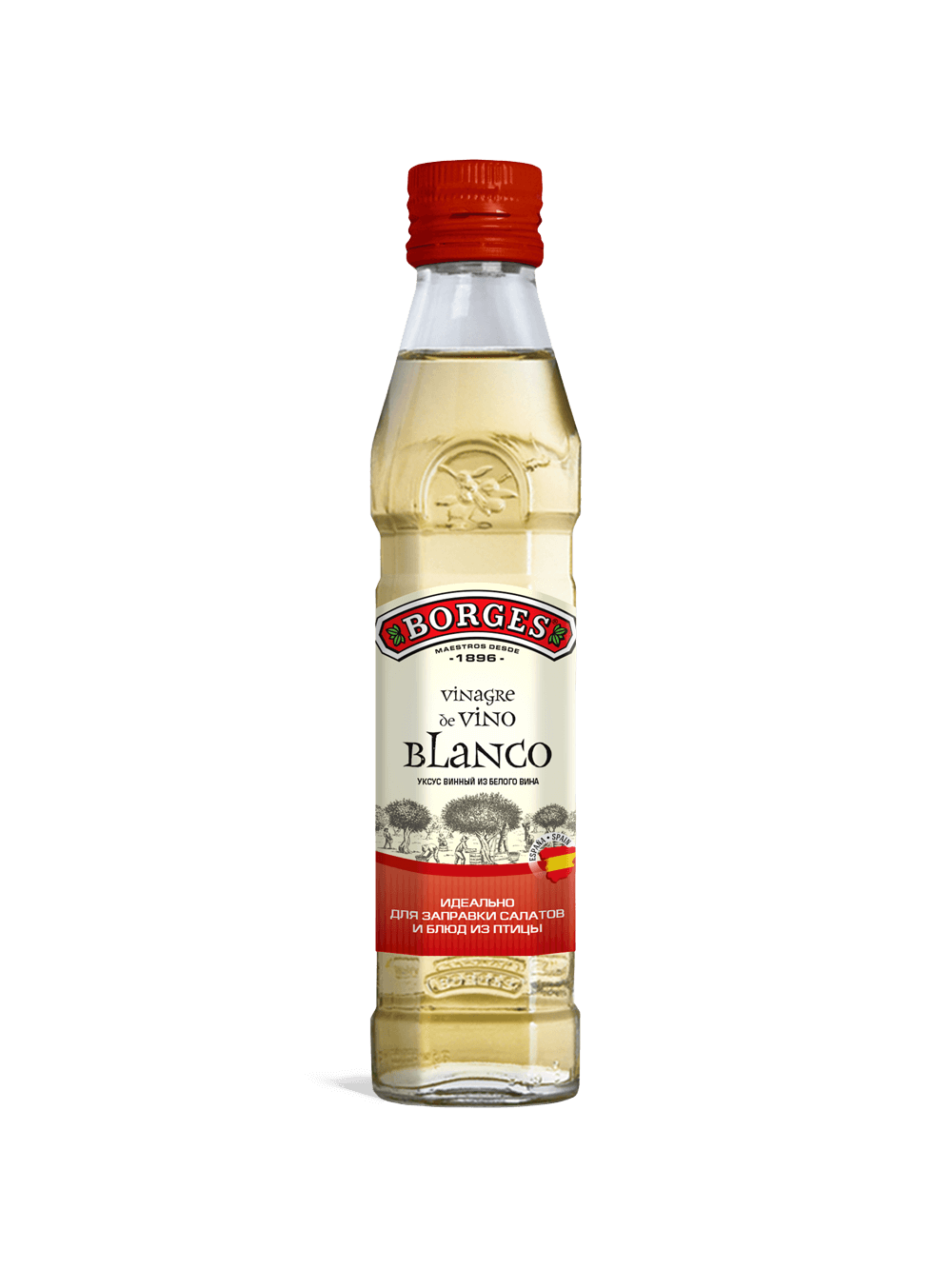

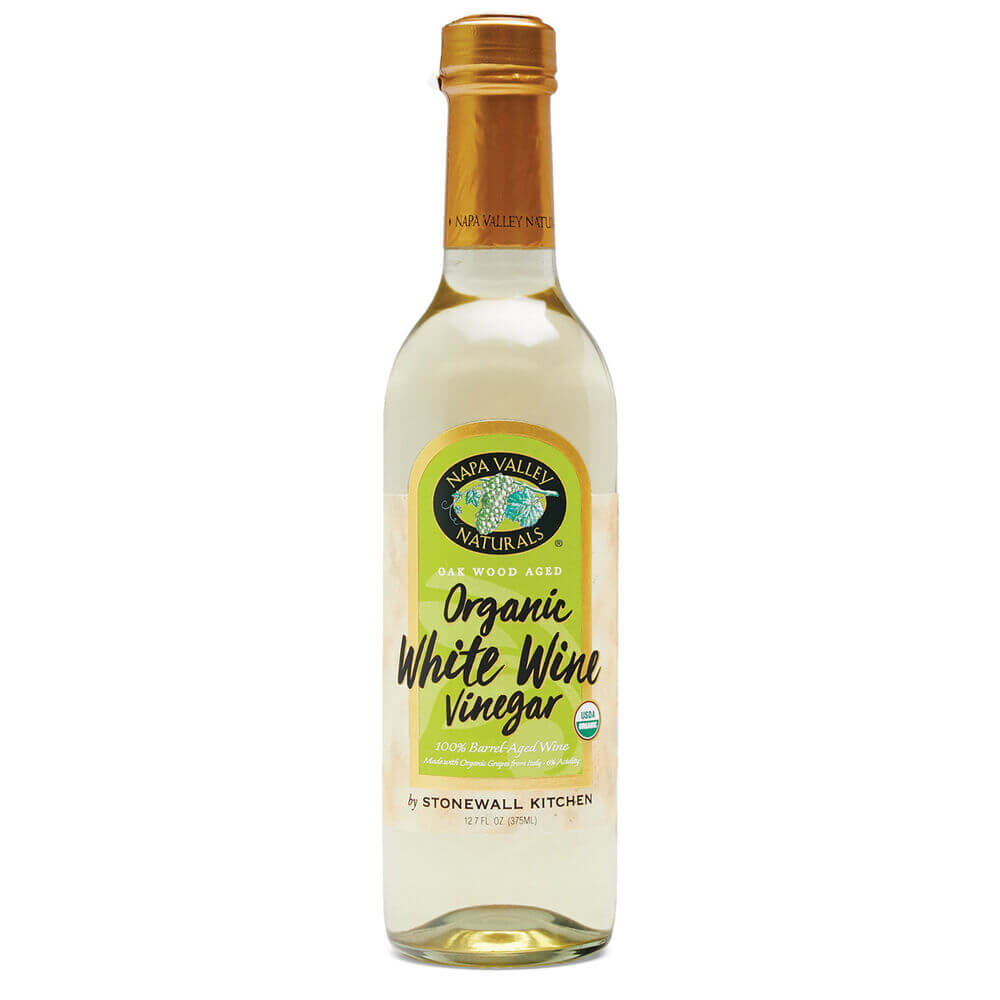
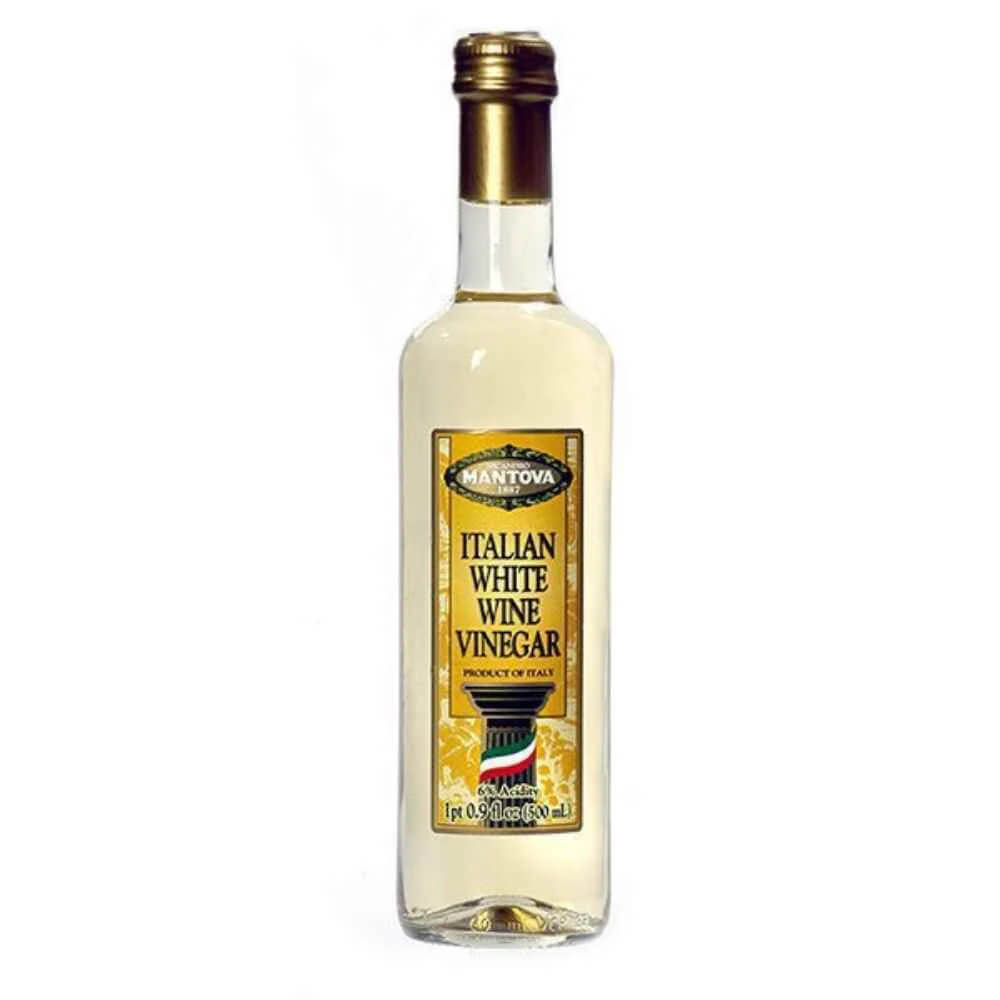

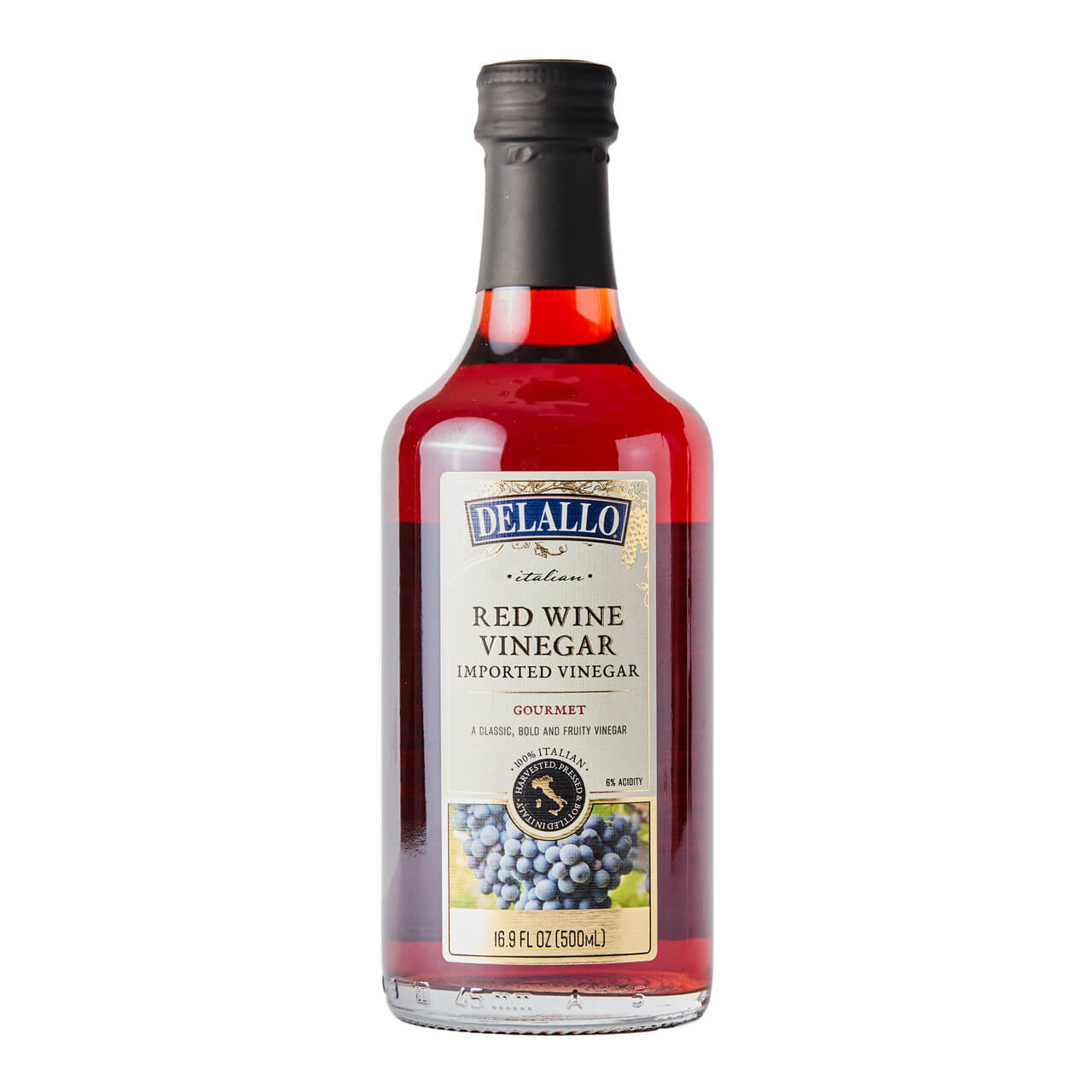
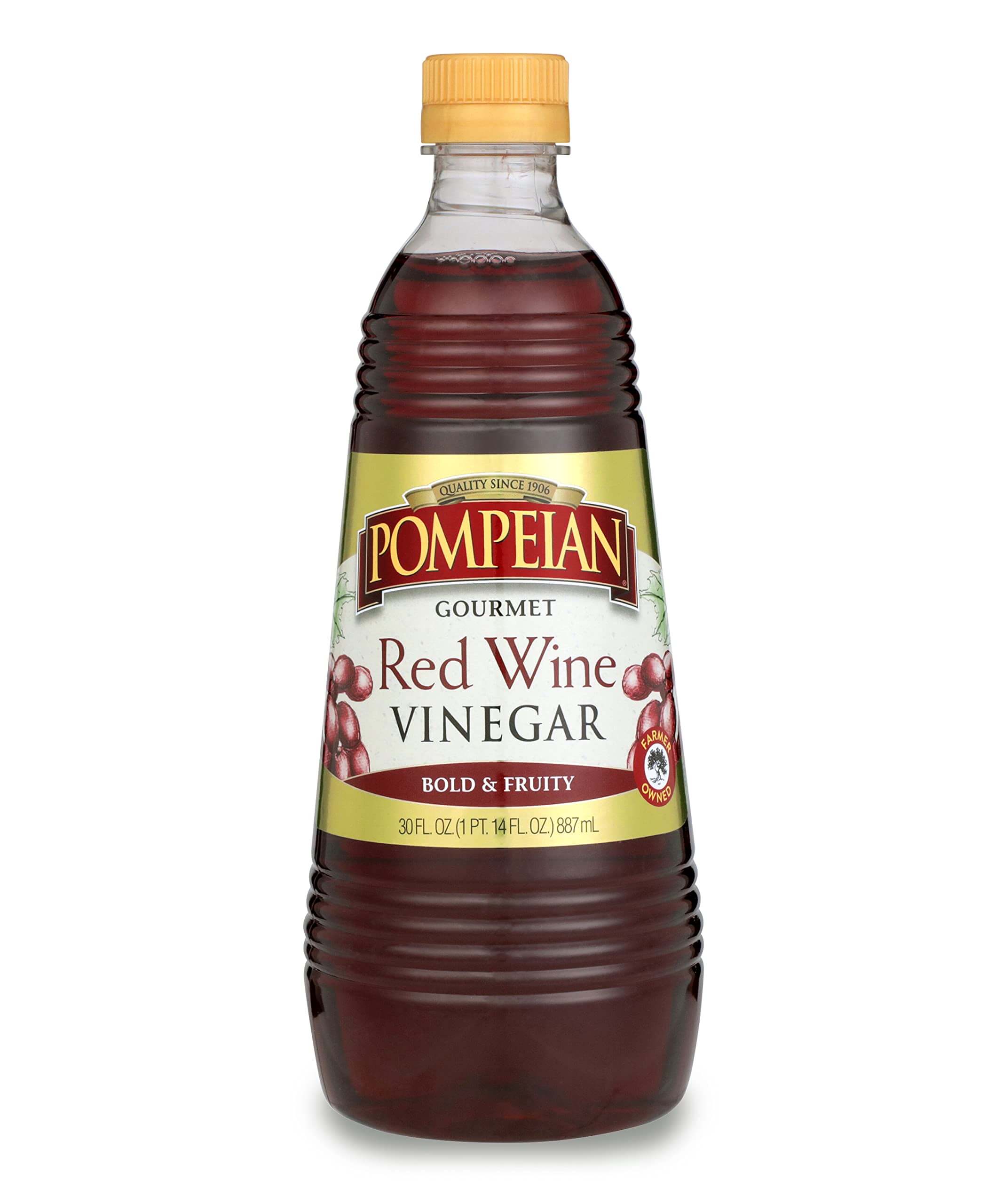


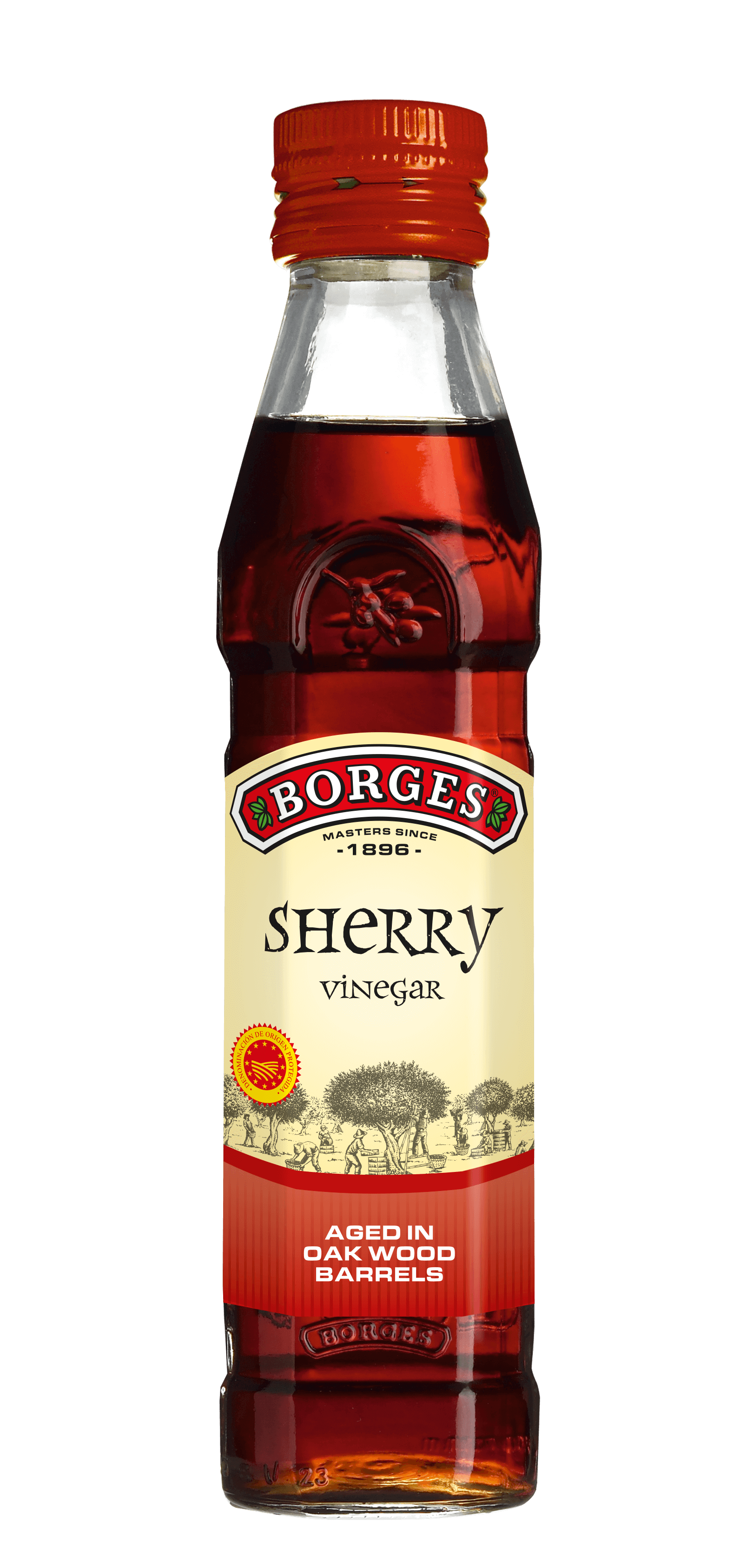
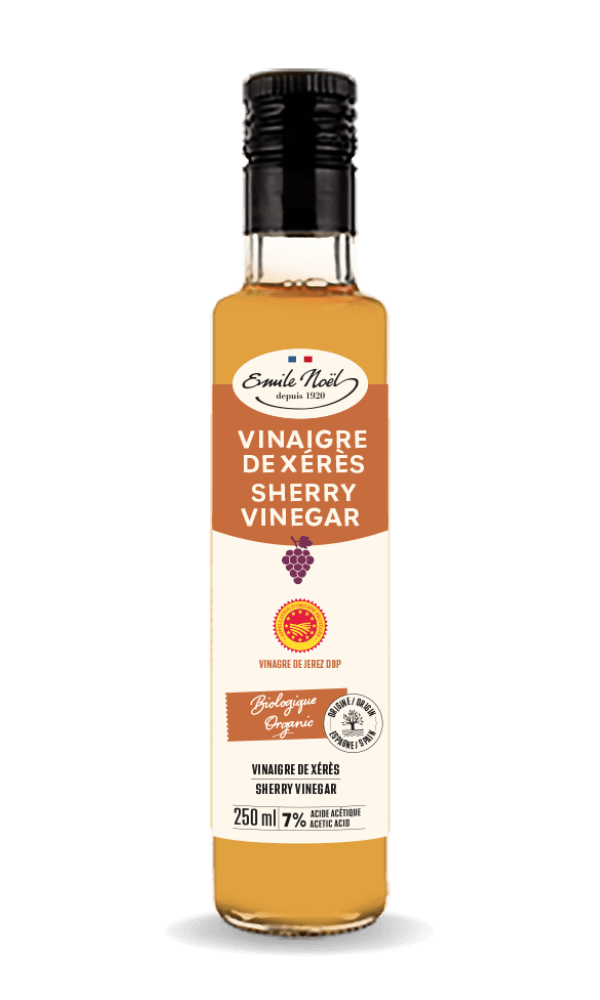

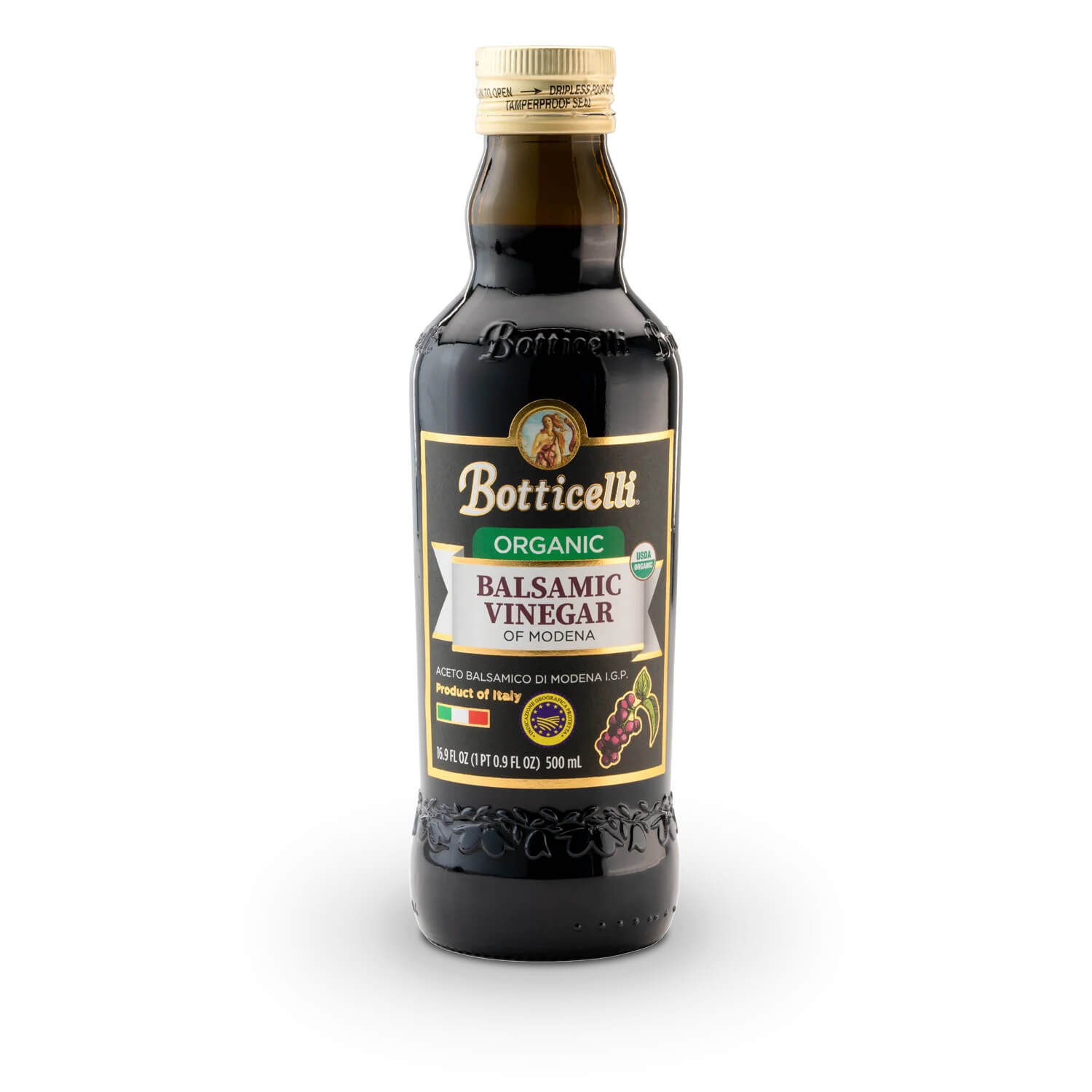






0 Comments